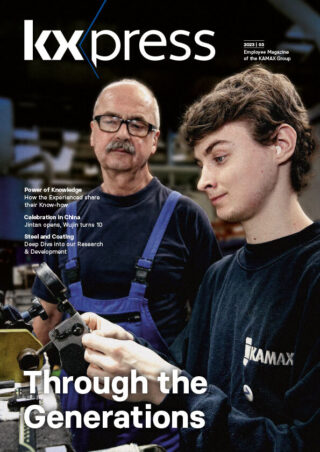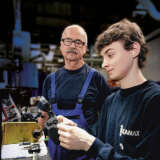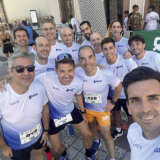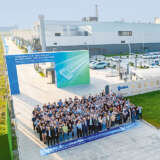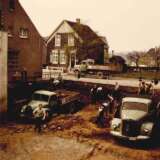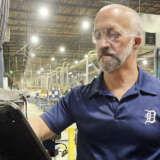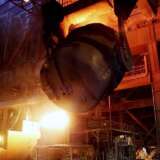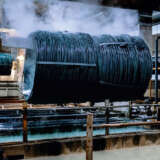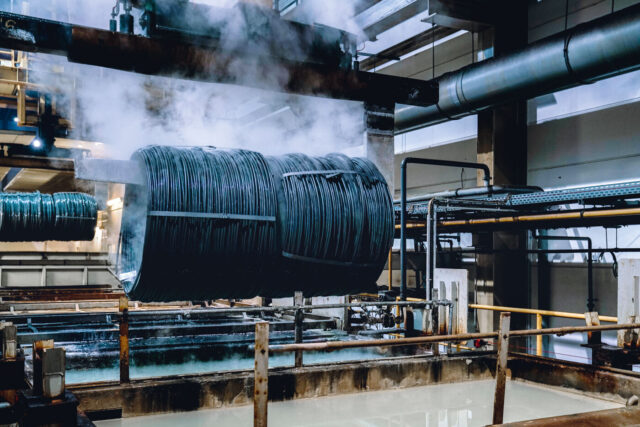
The big pickling
A large metal cover opens slowly – it is reminiscent of a missile silo. Four metric tons of steel wire rise out of an acid bath that is as big as a room and move, swaying, though a passage to the outside. White steam rises to the ceiling and large volumes of liquid drip and flow from the wire ring as it is transported through the air on a hook. It is warm, and an observer would be well advised to leave their hands in their pockets.
Something that might sound dangerous to a layperson is simply an everyday activity for a number of our employees. There is a wire pretreatment system in both Homberg (Germany) and Museros (Spain) that is used to prepare our materials for cold forming. It is the first step of the process after the materials are received, and it is the foundation for everything that follows. Every day, some 300 metric tons of wire are processed this way in Homberg and then transported elsewhere in the plant, as well as to Osterode (Germany) and Turnov (Czech Republic). One truck travels to the Czech Republic and four set off for Osterode each day. For logistical reasons, other plants leave this step to external service providers.
The wire pretreatment has one primary goal: to prepare the steel’s surface for forming. The friction of the wire created during forming must be minimized, otherwise the tools will wear out too quickly. The raw materials supplied usually have what is known as a scale layer, which is created during the rolling and annealing processes involved in wire production Once this layer is removed, the next step is to apply a new one, which makes the forming process possible at all. But how exactly is this done?
Pickling is the process that is repeated most frequently during the pretreatment of the wire. The five baths ensure that really everything is gone that we do not want on the surface. After that, the steel surface is microscopically rough, invisible to the naked eye. The application of phosphate smoothes the surface and forms a layer to which the polymer lubricant can adhere. Very little of this is required, by the way – we only apply a few grams for each square meter of steel.
Of course, it does not stay there long, either, as all layers are once again removed before the heat treatment. That is because if it was subjected to the heat in the furnace, it would have a negative impact on the material’s properties. Even so, this does not detract from the importance of the material pretreatment. “The work we do kicks off the entire production process. If we screw up, the process cannot continue,” says Kevin Repp, who is in charge of wire pretreatment at Homberg. Nor is this work without danger. The team is dealing with some 50,000 liters of caustic substances that are capable not only of pickling scale layers but also skin that may come into contact with them. That is why respiratory masks, protective suits, and protective goggles are all standard equipment.
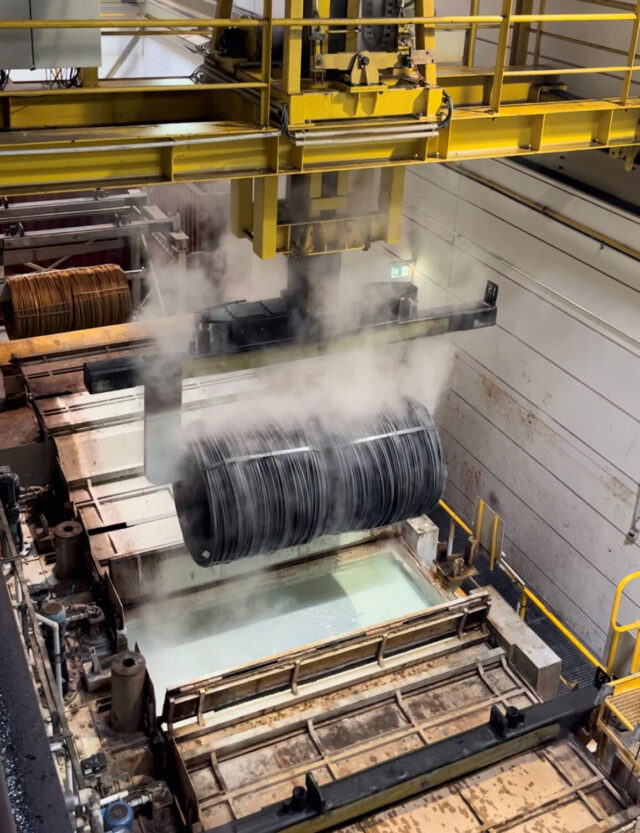
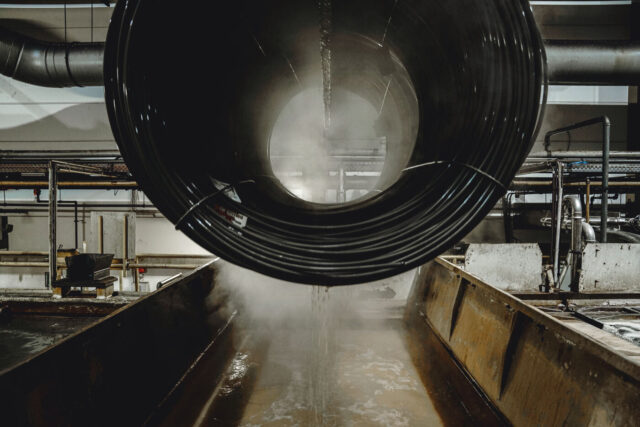
There is also a lot going on beyond the facility’s thick walls. Kevin Repp explains: “We regularly analyze all the process parameters, conduct multiple measurements of concentrations, pH values and temperatures daily, and keep detailed records.” It is very much a science. If the pickling temperature happens to be too high, it is possible that the material will be pitted or corroded. If the temperature is too low, on the other hand, it won’t have the desired effect. Because the wire diameters are of varying thicknesses, no single formula is always applicable.
Nor is one needed, however, because regardless of the material’s properties, in recent decades we have been able to refine the processes to such a degree that it almost always runs smoothly, and it is only in very rare cases that a wire has not been perfectly prepared for cold forming.
KXpress
